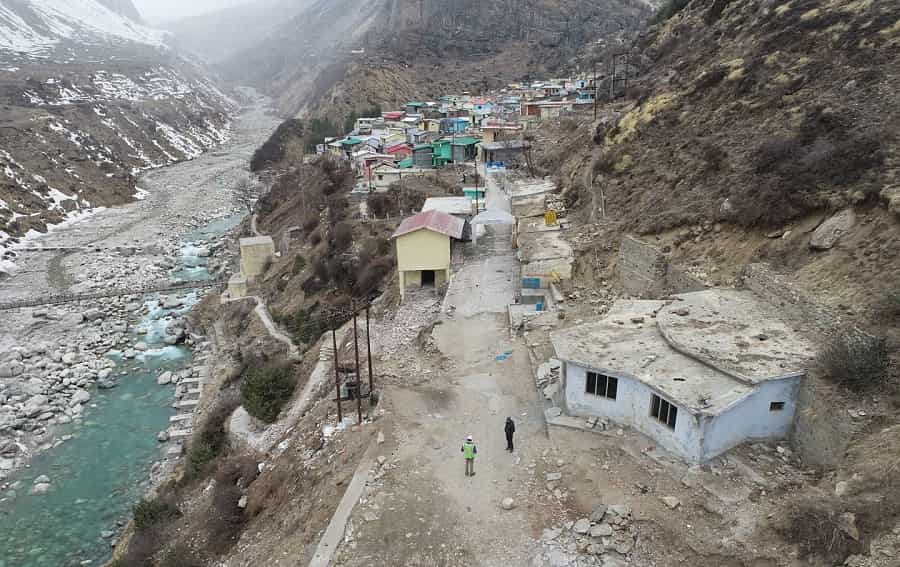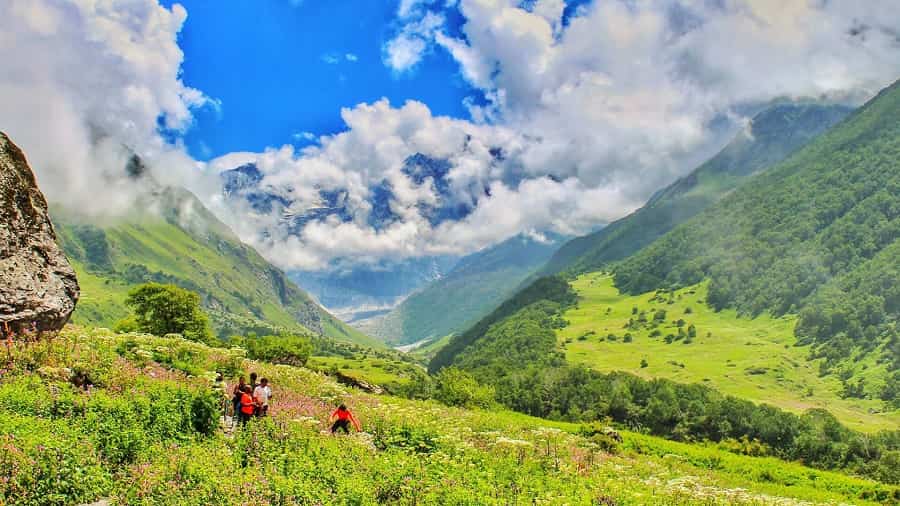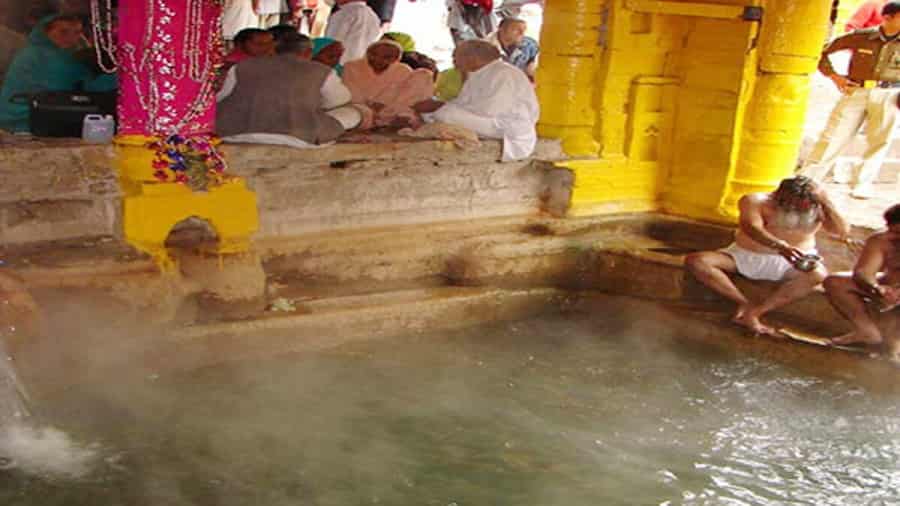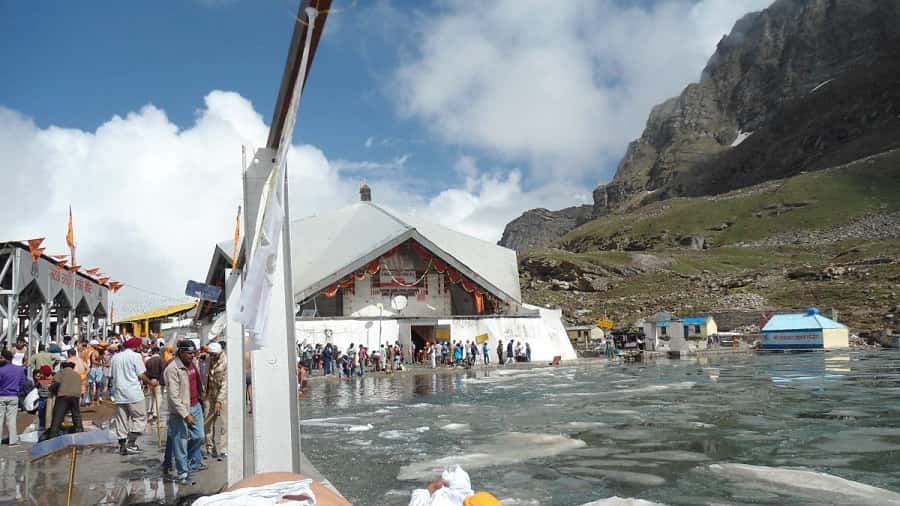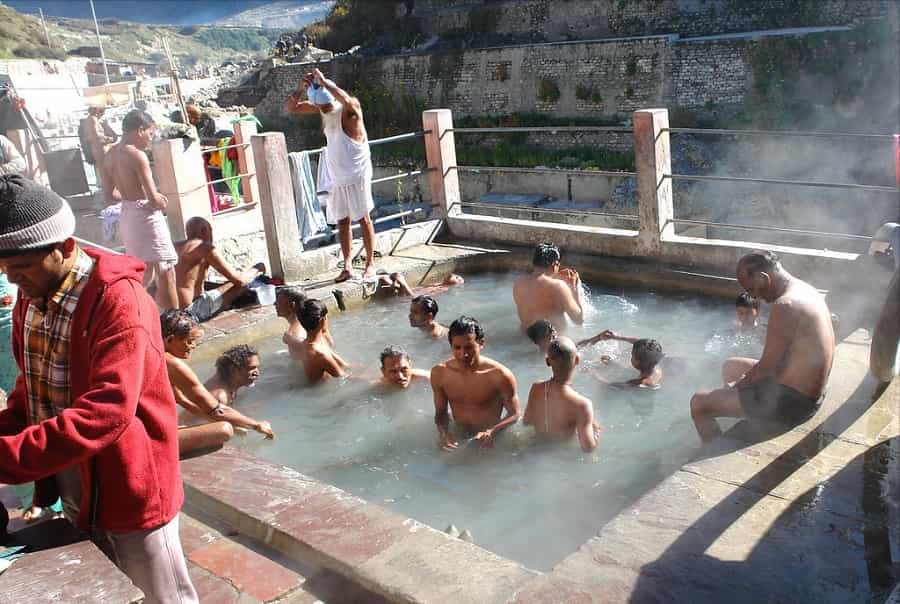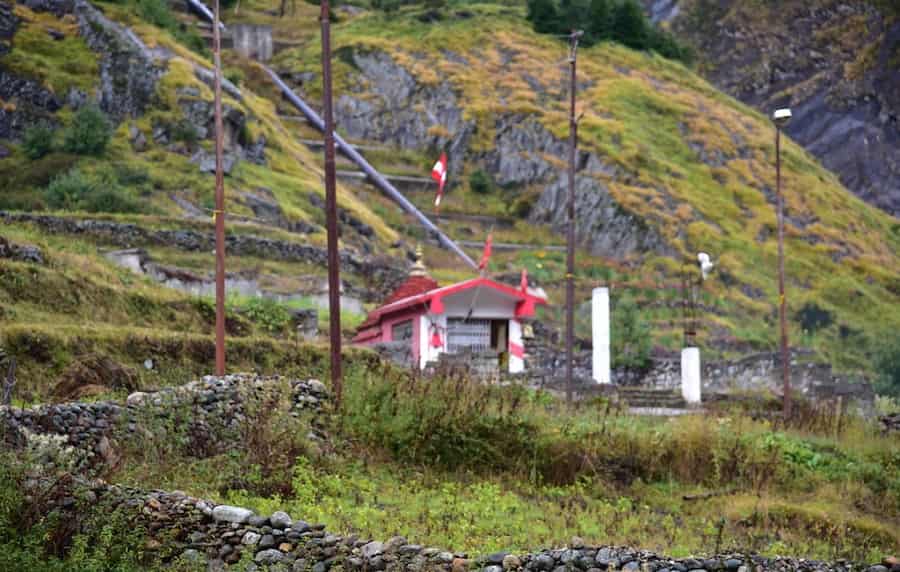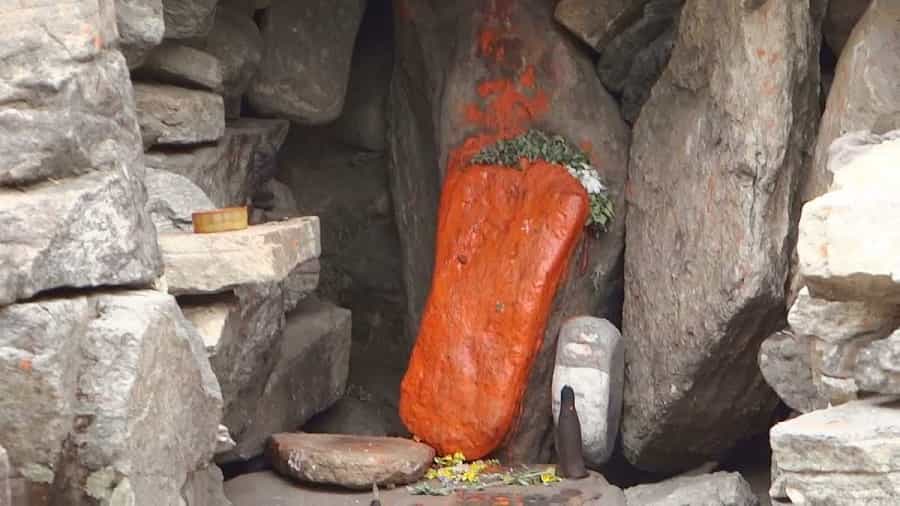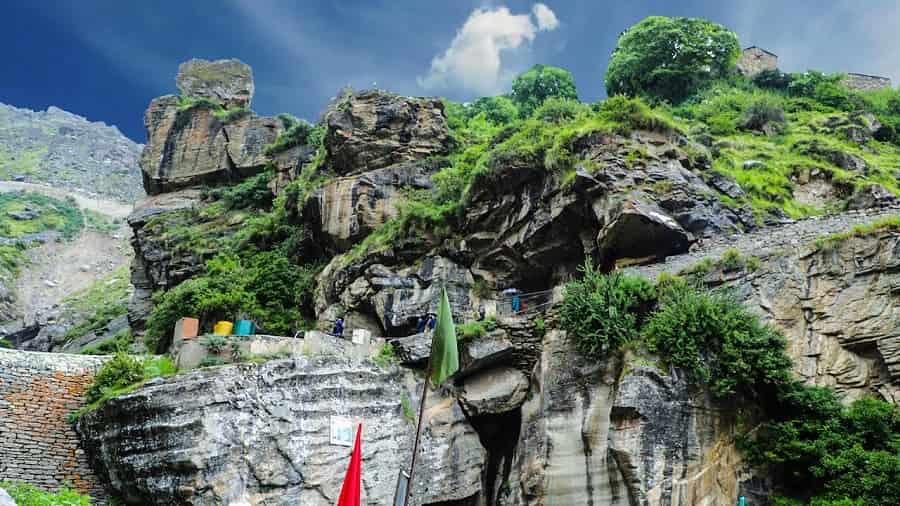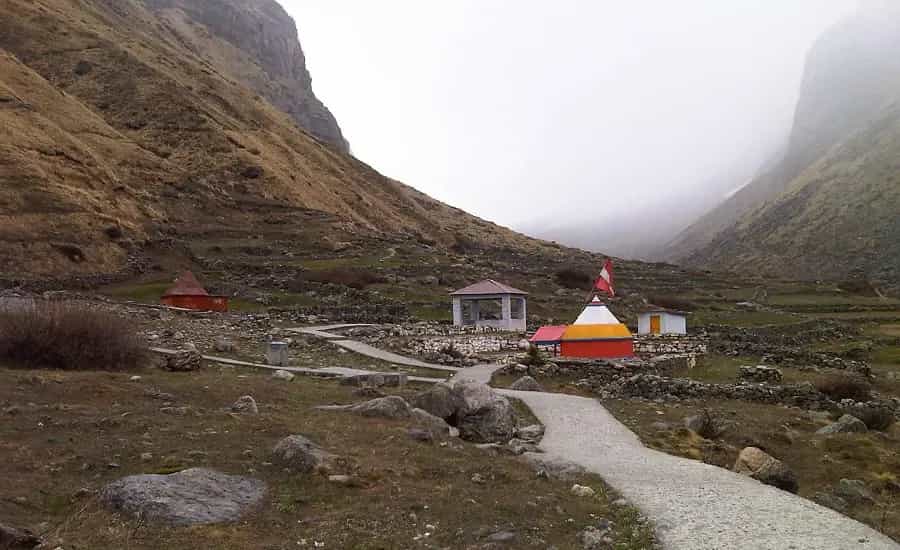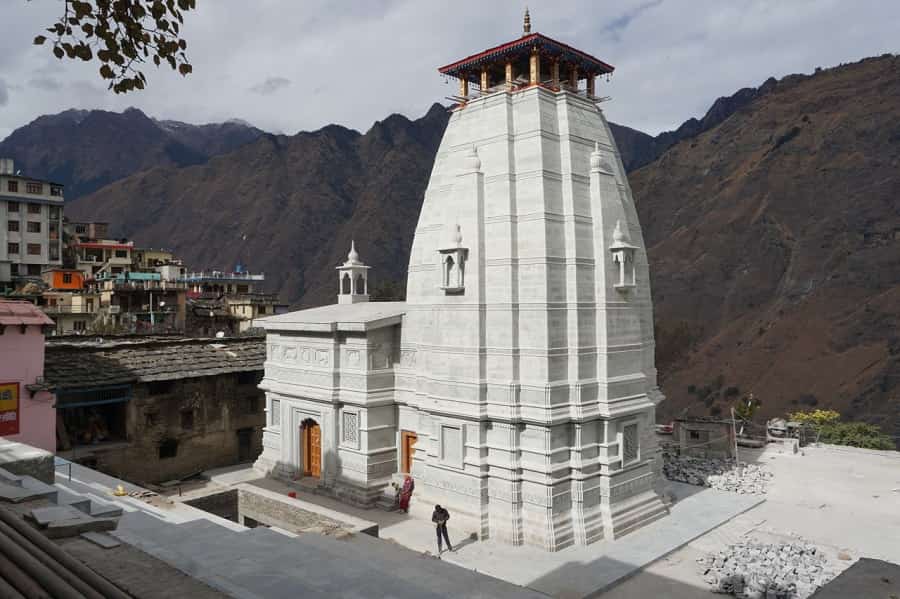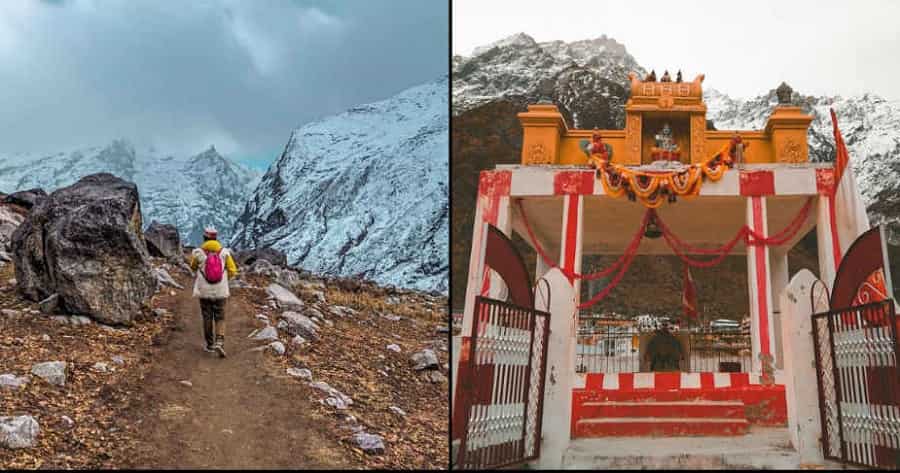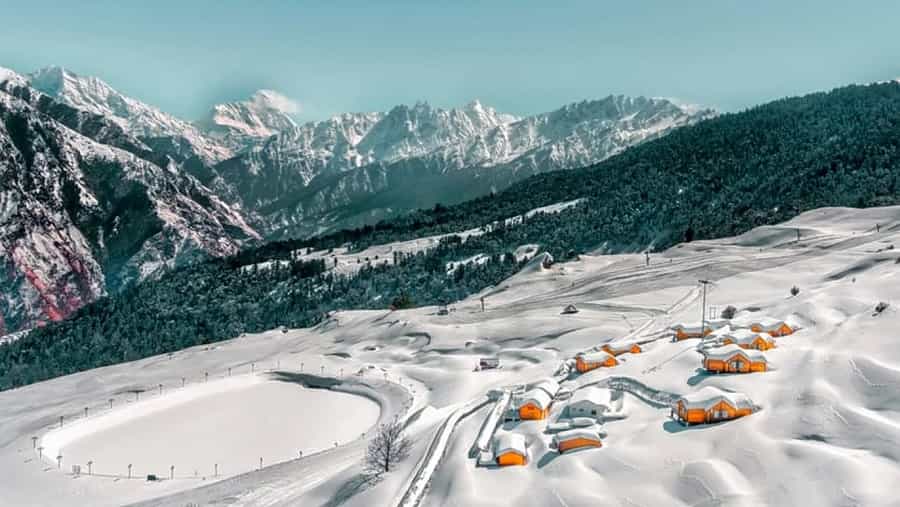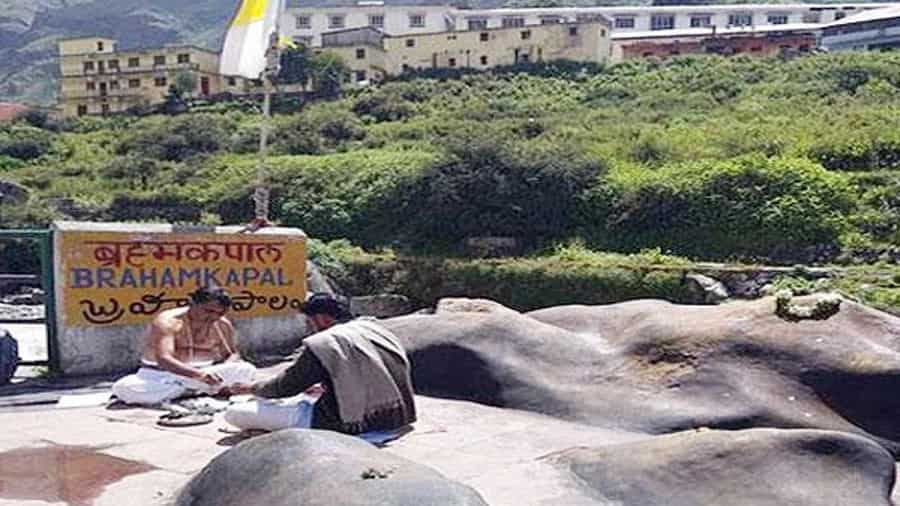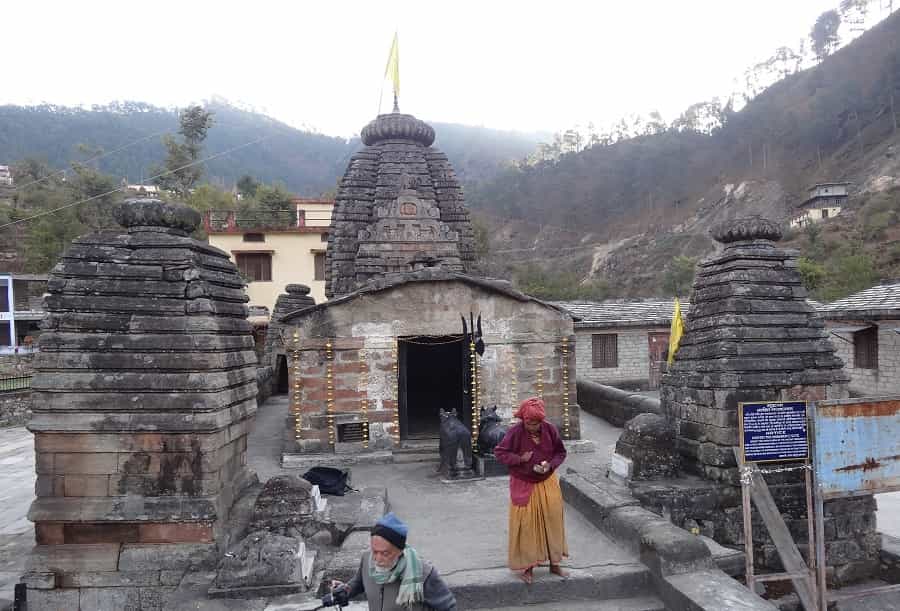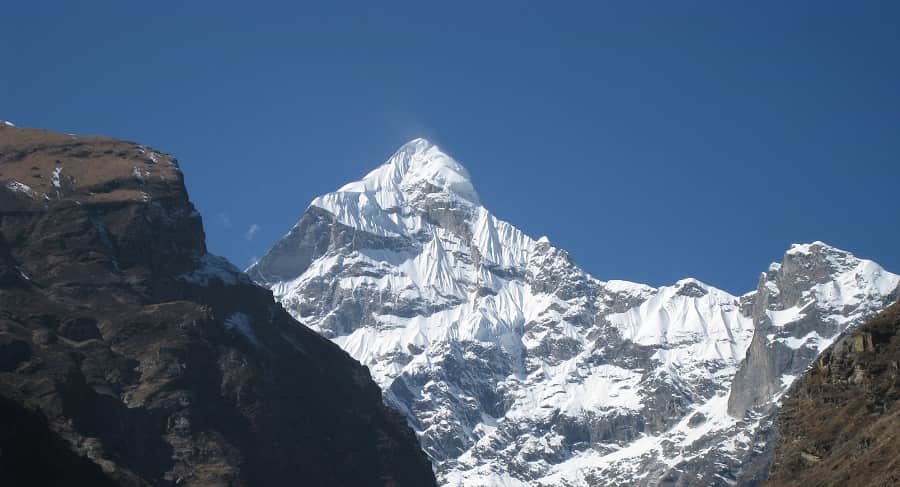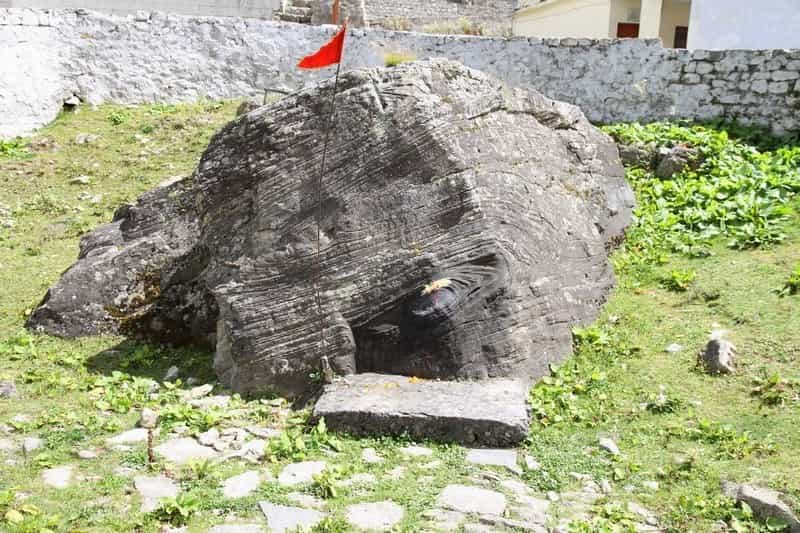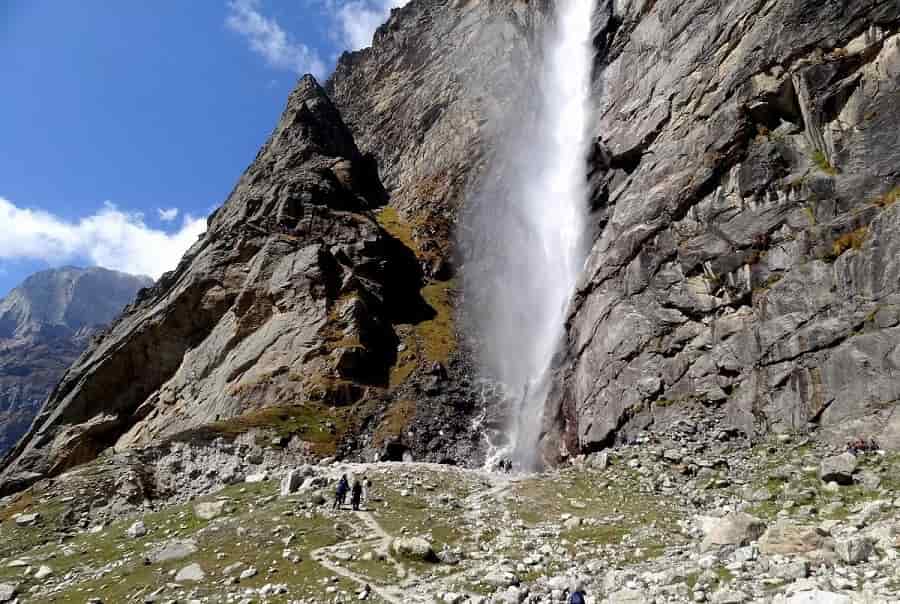Best Places to Visit in Badrinath
Badrinath, a holy pilgrimage town in India, is known for its main attraction, Badrinath Dham, which is an important part of the Char Dham Yatra of Uttarakhand and a crucial pillar of the All India Char Dham Yatra. However, there are several surrounding spots which allow visitors to explore the beauty of Badrinath. Some of the excursion destinations in Badrinath include the last village of India, Mana, the UNESCO world heritage site, Valley of Flowers, Narad Kund, high altitude Sikh pilgrimage destination, Hemkund Sahib, naturally occurring thermal hot water springs, Tapt Kund, Urvashi Temple, Joshimath, and Leela Dhungi. Each of these spots has its unique beauty, religious significance, and legend.
Here is list of some popular tourist places to visit In and Around Badrinath Dham.
Mana Village
Mana village, near the holy Badri Vishal, is the last village on the Indo-Tibetan border and a place of religious significance. Valley of Flowers National Park in Chamoli is a UNESCO World Heritage Site that showcases high-altitude plants and stunning mountain views. Narad Kund is a small tank where pilgrims take a holy dip before visiting the nearby Temple of Badrinath. Hemkund Sahib is a high-altitude Sikh pilgrimage site near the Valley of Flowers, and Tapt Kund is a famous naturally occurring thermal hot water spring in Badrinath with a story related to Lord Vishnu and goddess Agni.
Valley of Flowers National Park
Valley of Flowers National Park, located in the Chamoli district, is a UNESCO World Heritage Site that showcases untouched thriving biodiversity and stunning views of the surrounding mountain peaks. Post-monsoon is the best time to visit as visitors can witness the magical beauty of the bountiful nature where the entire landscape is covered in colorful exotic high-altitude plants. According to legend, Lord Hanuman collected the medicinal Sanjeevani Booti to cure an extremely injured Lakshman from this enchanting valley.
- Suggested Tour: Valley Of Flowers Trek Package
Narad Kund
Narad Kund is a small tank located on the lower end of The Temple of Badrinath where pilgrims take their first holy dip before taking a holy dip in Tapt Kund and heading to the temple. It is believed that Adi Shankaracharya discovered an idol of Lord Shiva here, and Narad Muni performed his meditation here for a long period of time. This thermal spring provides a huge relief from the cold surrounding, which seems like a natural miracle since the water flowing next to the kund is freezing cold.
Hemkund Sahib
Hemkund Sahib is a high-altitude Sikh pilgrimage site located near the stunning Valley of Flowers. This uniquely designed place of worship is devoted to the 10th Sikh Guru Guru Gobind Singh and has found its mention in Dasam Granth, dictated by the Guruji himself. This pilgrimage destination is surrounded by the stunning Himalayan beauty, and in the center is a beautiful high-altitude lake where pilgrims take a holy dip and rejuvenate themselves.
- Suggested Tour: Hemkund Sahib Tour Packages
Tapt Kund
Tapt Kund is one of the most famous naturally occurring thermal hot water springs in Badrinath, known for its medicinal properties that rid the person taking the dip of various diseases. The entire kund is divided into two separate sections for men and women, and visitors should check the temperature before getting inside as it may surprisingly be extremely hot. According to the popular story behind this kund, Lord Vishnu granted this place to goddess Agni, who had performed penance and Tapasya, and taking a holy dip here will redeem a person of their sins.
Urvashi Temple
The Urvashi Temple is dedicated to the beautiful goddess Urvashi, who was created by Narayan after he slashed the thigh of his left leg and created innumerable beautiful natural female spirits. According to Hindu mythology, Badri Vishal was chosen by the twin brothers Nar and Narayan for their meditation spot, where they performed severe penance. During one meditation session, Lord Indra sent a group of heavenly maidens or Apsaras to distract them. To counter this, Narayan created innumerable beautiful female spirits, with Urvashi being the most beautiful. She led the female spirits to Indra and broke his pride at a pond near Charanpaduka, resulting in the creation of the Urvashi Temple to honor the goddess.
Charanpaduka
This is another popular spot among the pilgrims in Badrinath. Charanpaduka literally means ‘footsteps of the gods’ and is known to be the spot where Lord Vishnu first set his foot in the region of the Himalayas. It is located at a height of 3380 meters and provides stunning views of the surrounding snow-capped mountains. The hike to Charanpaduka is quite steep, but the views from the top make it worth the effort. There is also a temple at the top which is dedicated to Lord Vishnu.
Bheem Pul
Bheem Pul is a natural bridge that is believed to have been constructed by Bheem, the second Pandava brother during their journey to the heavens. According to the legend, Bheem had placed a huge stone over the Saraswati River to create the bridge. The bridge is located at a distance of around 3 km from the main town of Badrinath and provides beautiful views of the river and the surrounding mountains.
Mata Murti Temple
This temple is located on the banks of the Alaknanda River and is dedicated to Mata Murti, the mother of Lord Narayana. According to the legend, Mata Murti had requested Lord Vishnu to take birth as her son in order to end the tyranny of a demon named Shankhachuda. The temple is located at a distance of around 3 km from the main town of Badrinath and is surrounded by beautiful natural scenery.
Joshimath
Joshimath also known as Jyotirmath, is a sacred pilgrimage site established by the 8th century sage, Adi Shankaracharya. The site is also home to the Kalpavriksh, a 1,200-year-old tree, which provides a unique spiritual ambiance for pilgrims. The holy hamlet is replete with ancient temples, including the Narasimha Temple, temples dedicated to Lord Hanuman, Gaurishankar, Ganesha, Surya Dev, and Nau Devi. Two of the holiest rivers, Alaknanda and Dhauliganga, converge near Joshimath.
Leela Dhungi
Leela Dhungi, situated on the way from Banni village, is a religious spot amidst natural beauty. According to popular belief, Lord Shiva chose Badrinath to perform his meditation, but Lord Vishnu also desired to perform his Tapasya there. Lord Shiva refused, even after his consort, goddess Parvati, tried to convince him. Lord Vishnu then transformed into a crying infant until Lord Shiva was forced out of the place.
Auli
Auli is located only 14 km from Joshimath, is famous for being one of India’s most well-known skiing destinations. You can reach the site through a fun and thrilling ropeway ride or by road. Skiing down the snow-clad hills offers a breathtaking view of the surrounding peaks. Auli Lake, man-made for winter skiing, provides a fascinating experience.
- Suggested Tour: Auli Skiing Tour
Brahma Kapal
Brahma Kapal is located on the banks of the holy Alaknanda River, is where Lord Brahma is believed to reside. It is the most prominent place to perform rituals or Pind Daan for ancestors. People need to take a holy dip in Tapt Kund, a nearby hot water spring, and perform puja rituals that can take more than two hours. The site’s beauty is overwhelming and radiates peace.
Pandukeshwar Temple
Neelkanth Peak is one of the major peaks of the Garhwal Himalayas, standing tall at an elevation of 6,507 meters above sea level. Its paramedical shape earns it the nickname ‘Garhwal Queen.’ This snowbound peak forms the majestic backdrop for the Badrinath Dham and has been summited by a limited number of mountaineers. The best time to visit is from June to September, and the peak can be reached by covering a trekking distance of 10 km in two days.
Neelkanth Peak
Pandukeshwar Temple is located 18 km from Joshimath, is dedicated to King Pandu, the father of the Pandavas. According to legend, he performed intense penance to Lord Shiva, asking for forgiveness for killing two mating deer who were sages in their previous life. The king is said to have constructed the temple, which is also believed to be the place where the Pandava brothers were born and spent several months.
Sheshnetra
Sheshnetra, located 1.5 km from the main temple of Badrinath, is named after the 5-headed snake, Shesh Nag, the king of all snakes or Nagraj, which holds an important place in Hindu mythology. The temple is marked by a stone that holds impressions of the legendary snake’s eyes and is believed to protect the temple from harsh conditions or harm during the off-season.
Vasudhara Falls
Vasudhara Falls situated 9 km from Badrinath’s main temple and 6 km from the village of Mana, cascades down from a towering 400-foot height. A trek is required to reach the falls, but the reward is a breathtaking view of the vast Badrinath valley below. The falls serve as a starting point for those heading to Satopanth Tal or Laxmi van and are known for their medicinal properties.
Suggested Packages
